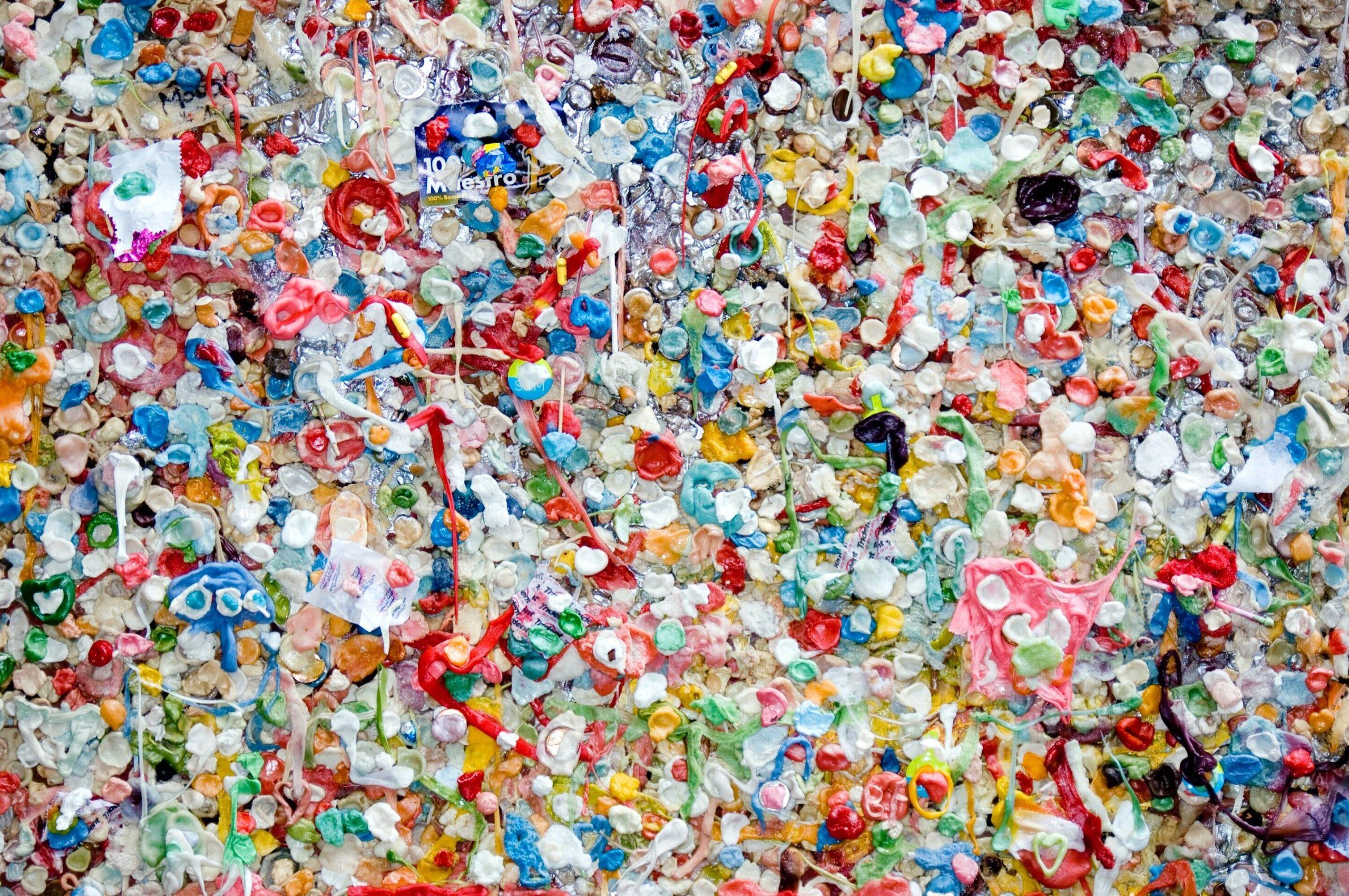Japanese scientists have made a significant breakthrough in the world of plastics by developing a remarkable material that is not only strong at room temperature but can also self-heal and be easily recycled. This innovation, known as VPR (Vitrimer with Polyrotaxane), offers a promising solution to some of the environmental challenges posed by traditional plastics.
Due to their many uses and versatility, plastics have become an essential part of our everyday life. Their toughness, meanwhile, also poses a serious issue in terms of recycling and environmental effect. VPR, which is based on epoxy resin vitrimers, is a great option for a variety of applications since it combines strength and exceptional flexibility.
The capacity of VPR to self-heal is one of its most remarkable qualities. If something is damaged, like from a scalpel scratch, it can heal itself to perfection in just one minute at 150°C (302°F). The ability of VPR to mend itself quickly distinguishes it from its competitors.
Furthermore, VPR can remember its past shapes, as demonstrated when it was molded into a particular form, flattened, and then returned to its original shape with the application of heat. This memory feature makes it adaptable and ideal for reshaping.
However, what truly sets VPR apart is its recyclability and environmental friendliness. When no longer needed, it can be easily broken down using heat and a specific solvent, leaving behind only its raw components for reuse. Even if accidentally released into the environment, VPR poses less of a threat than conventional plastics. Submerged in seawater for 30 days, it biodegraded by 25% and released molecules that serve as food for marine life, demonstrating its minimal ecological impact.
Shota Ando, the lead author of the study, emphasizes VPR’s exceptional qualities. It is over five times more resistant to breaking than a typical epoxy resin vitrimer, repairs itself 15 times faster, recovers its memorized shape twice as fast, and can be chemically recycled ten times more rapidly. These attributes open up a world of possibilities for VPR in various applications, from infrastructure materials for roads and bridges to vehicle manufacturing.
In a world where environmental issues and plastic pollution are major issues, the creation of VPR represents a major advancement. With the development of a plastic that combines strength, self-healing, and recyclability, Japanese scientists have given rise to optimism for a more environmentally friendly and sustainable future. With the help of this breakthrough, plastics’ environmental impact can be reduced and their place in the modern world can be rethought.

